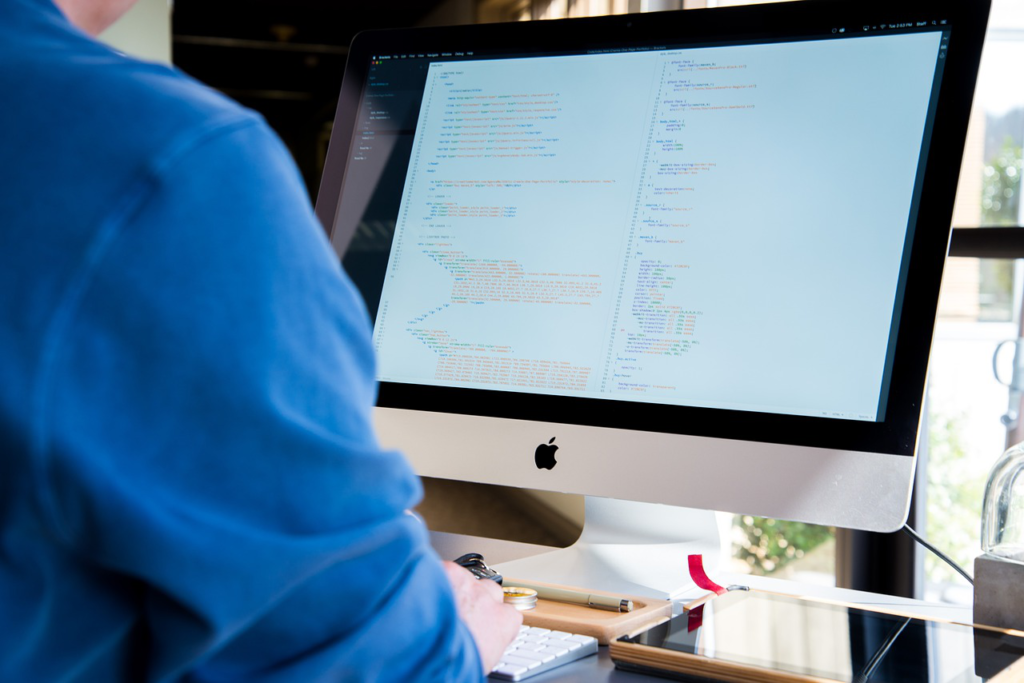The multi-monitor configurations have changed over time. It was quite the trek from side-by-side to stacked displays. Users may benefit from fantastic features and increased productivity with modern designs. This article will teach you about the evolution of multi-monitor setups. We have included all the necessary components to enable you to comprehend the evolution of the sophisticated monitors thus far.
A Historical Review of Multi-Monitor Setups
Early Initiations
First, in the 1990s, there was a greater need for screen real estate. It was at this time that multi-monitor setup development got underway. The users that needed several monitors to efficiently monitor trends and important data sources at the same time were financial traders. In order to improve efficiency, graphic designers also needed to increase the size of their digital canvases.
However, the programmers also benefited from using coding and debugging tools with display configurations such as Geminos stacked monitors. These were a few of the first use cases that demonstrated the need for multiple monitor configurations.
Technological Progress

Evolution of Setups with Multiple Monitors
Ultimately, the late 1990s and early 2000s saw the successful acceptance of multi-monitor setups and technological breakthroughs. Improved graphic card quality and a variety of output options allowed users to operate seamlessly on various displays.
Additionally, the advancements in display technology have resulted in remarkably greater resolutions with superior image quality. The ability to set up several monitors was introduced by operating systems like Windows and macOS.
The Increase in Side-by-Side Setups
Real-World Applications
The configurations that were most often used in homes and companies were side-by-side monitor sets. This is because of their useful and adaptable applications. These displays enable increased screen real estate, which facilitates effective multitasking.
The staff members were able to see papers, emails, and other apps at the same time. Conversely, with side-by-side arrangements, home users may easily transition between various tasks without having to constantly maximize or minimize the window.
Obstacles and Restrictions
Without a doubt, side-by-side displays provided consumers with several benefits. They did, however, also encounter certain difficulties and constraints. They required additional desk space, which was one of the major drawbacks. These configurations can result in frequently crowded workspaces and poor user ergonomics.
Frequent head motion might lead to ergonomic issues such as neck and eye discomfort for users. In addition, the major cause of a disturbance in the viewing experience was visual discontinuities. The vertical stacking displays have solved issues as they have evolved.
Changeover to Vertical Stacking

Multi-Monitor
New Developments in Monitor Mounting Systems
The switch to vertical monitor stacking was largely influenced by more innovation in monitor mounting technologies. The creation of movable, stackable monitors was a remarkable advance. They provided a number of advantages that enabled numerous people to quickly and efficiently complete their digital tasks.
Furthermore, these developments let users get past the difficulties associated with setting up side-by-side monitors. These configurations enable multi-monitor layouts that are more aesthetically pleasing, adaptable, and comfortable.
Advantages of Ergonomics and Space Saving
The ergonomic use of stacked displays is one of its main advantages. First off, they let customers save a lot of space. It supports the upkeep of productive, well-organized workstations. Users’ necks and eyes will be soothed by these monitors. It facilitates keeping a posture that is more forward-looking and natural.
In addition, because of its side-to-side arrangement, it lessens the strain caused by frequent head motions in both directions. These monitors are also the best for usage in both personal and commercial settings. These multi-monitor configurations are accessible to everyone.




